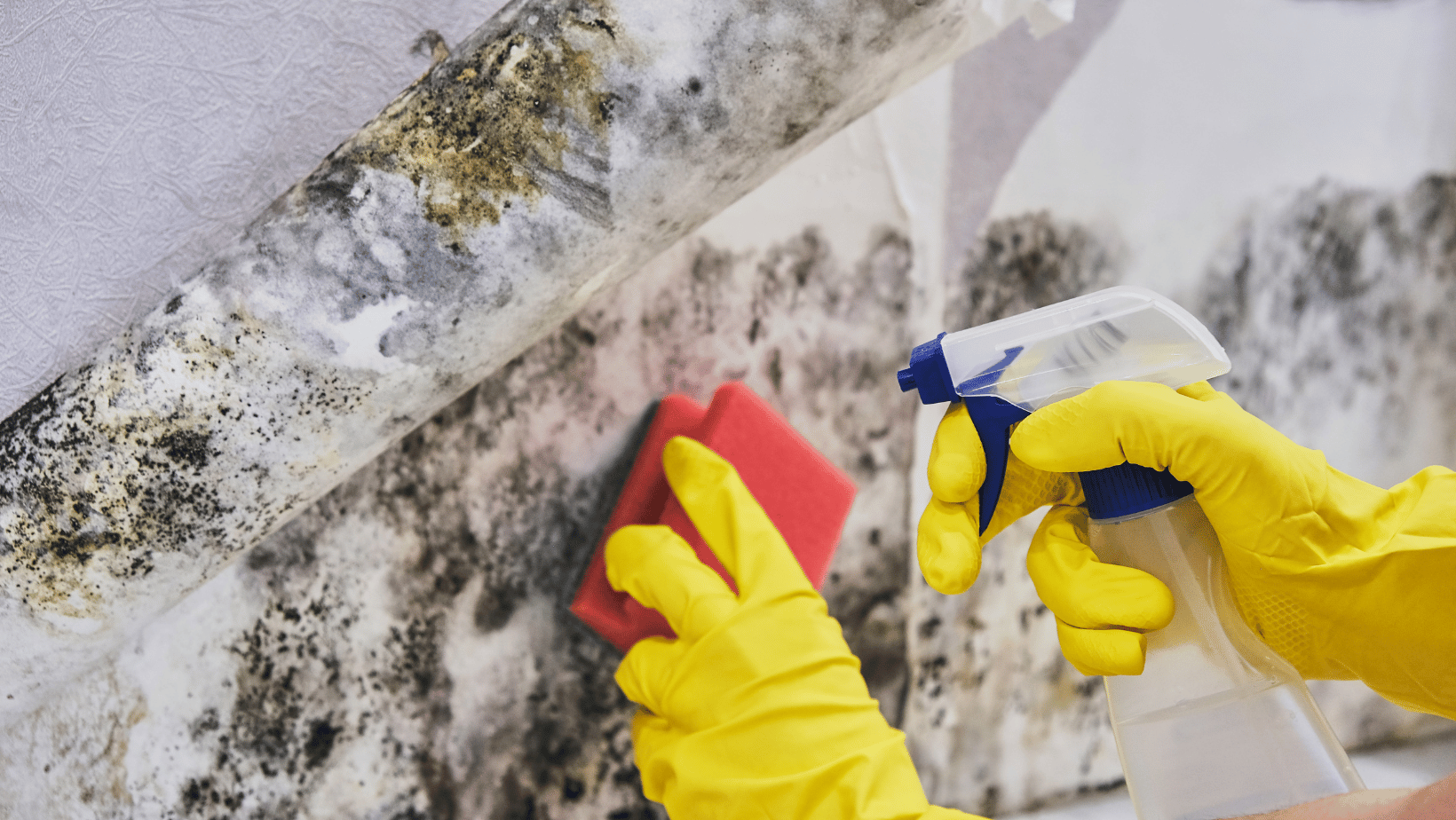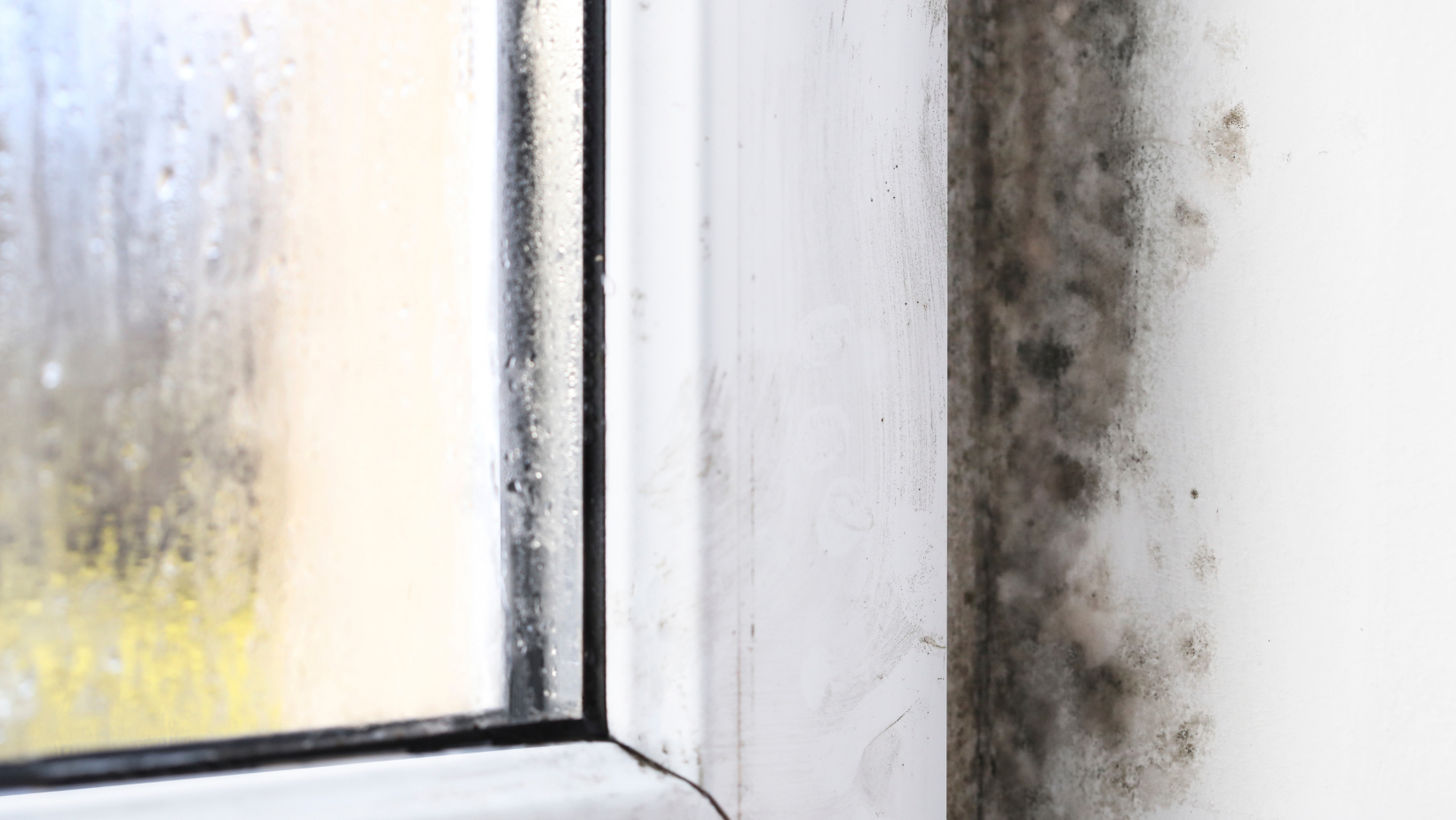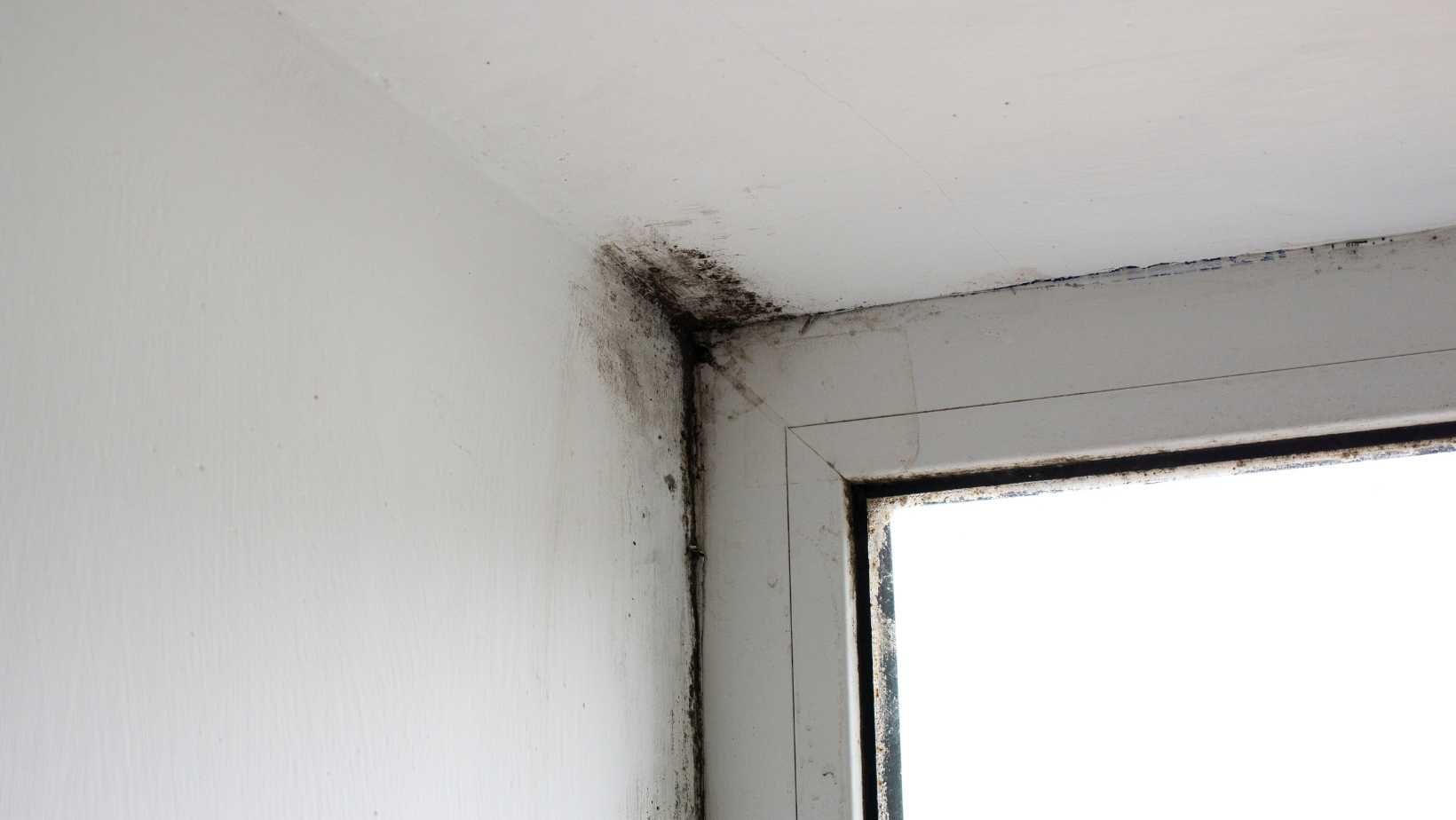Preventing Mold Growth in Commercial Buildings
Preserving Value and Safety: A Guide to Preventing Mold Growth in Commercial Buildings
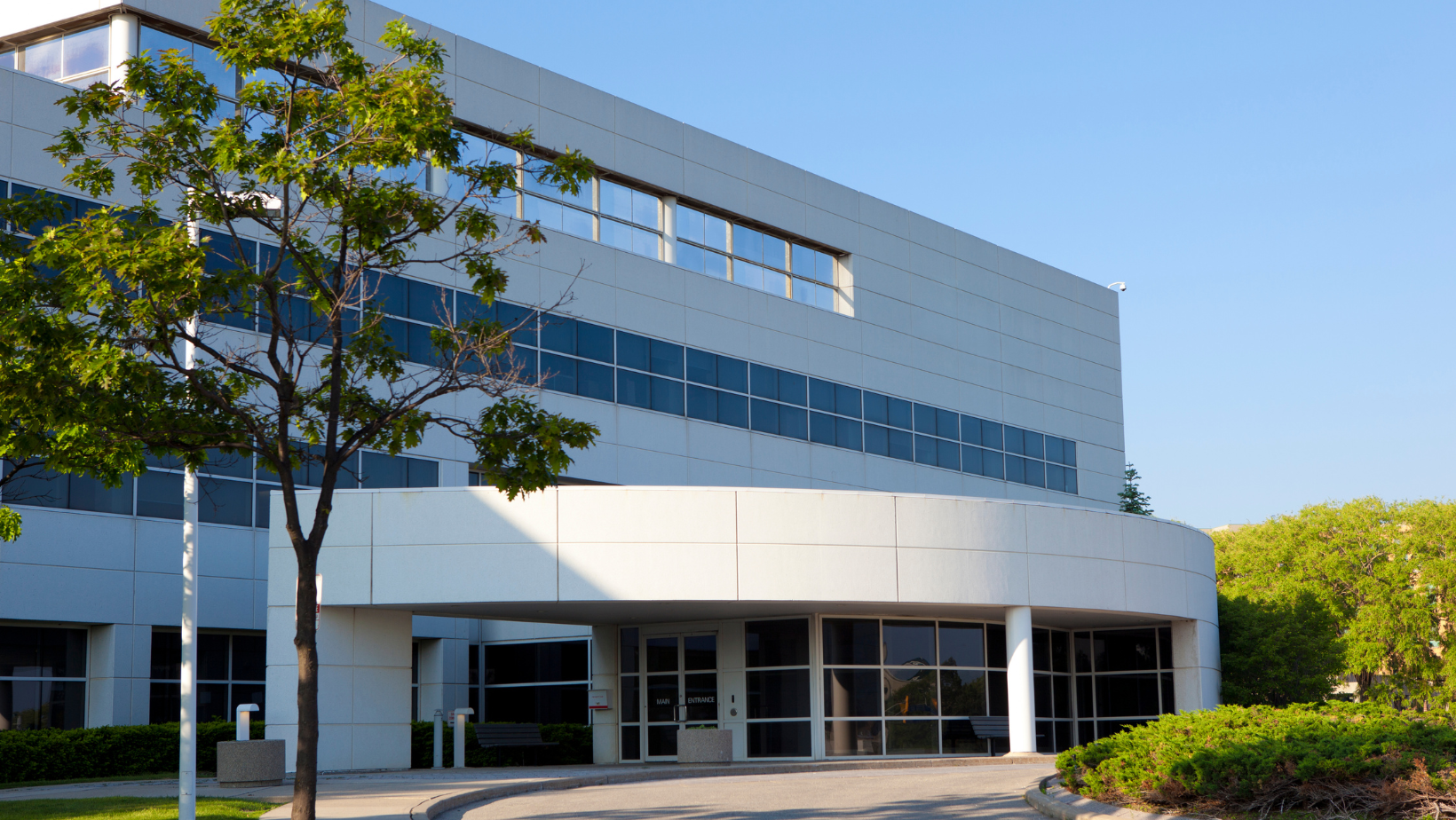
Preventing Mold Growth in Commercial Buildings: Learn the importance of mold prevention in commercial buildings, common causes of mold growth, and tips for preventing mold infestations, including regular inspections, proper ventilation, addressing water leaks promptly, and utilizing professional mold remediation services.
Importance of Mold Prevention in Commercial Buildings
Preventing mold growth in commercial buildings is crucial for maintaining the structural integrity and indoor air quality of the premises. Mold infestations can not only compromise the physical integrity of the building but also lead to serious health risks for occupants, including respiratory issues and allergic reactions. Additionally, the market value of the property can be significantly affected by the presence of mold, deterring potential buyers or tenants and diminishing the property's appeal and desirability.
In the context of legal and financial implications, the failure to address mold growth in commercial properties can result in a range of legal liabilities. This includes regulatory non-compliance with health and safety standards, potentially leading to fines and penalties. Moreover, property owners may face costly lawsuits from individuals who have suffered health issues due to mold exposure, further exacerbating financial losses and tarnishing the reputation of the property. Therefore, proactive mold prevention measures are essential for safeguarding the well-being of occupants, preserving property value, and mitigating legal and financial risks. An example of this is the implementation of regular mold inspections and maintenance to identify and address potential mold risk factors before they escalate.
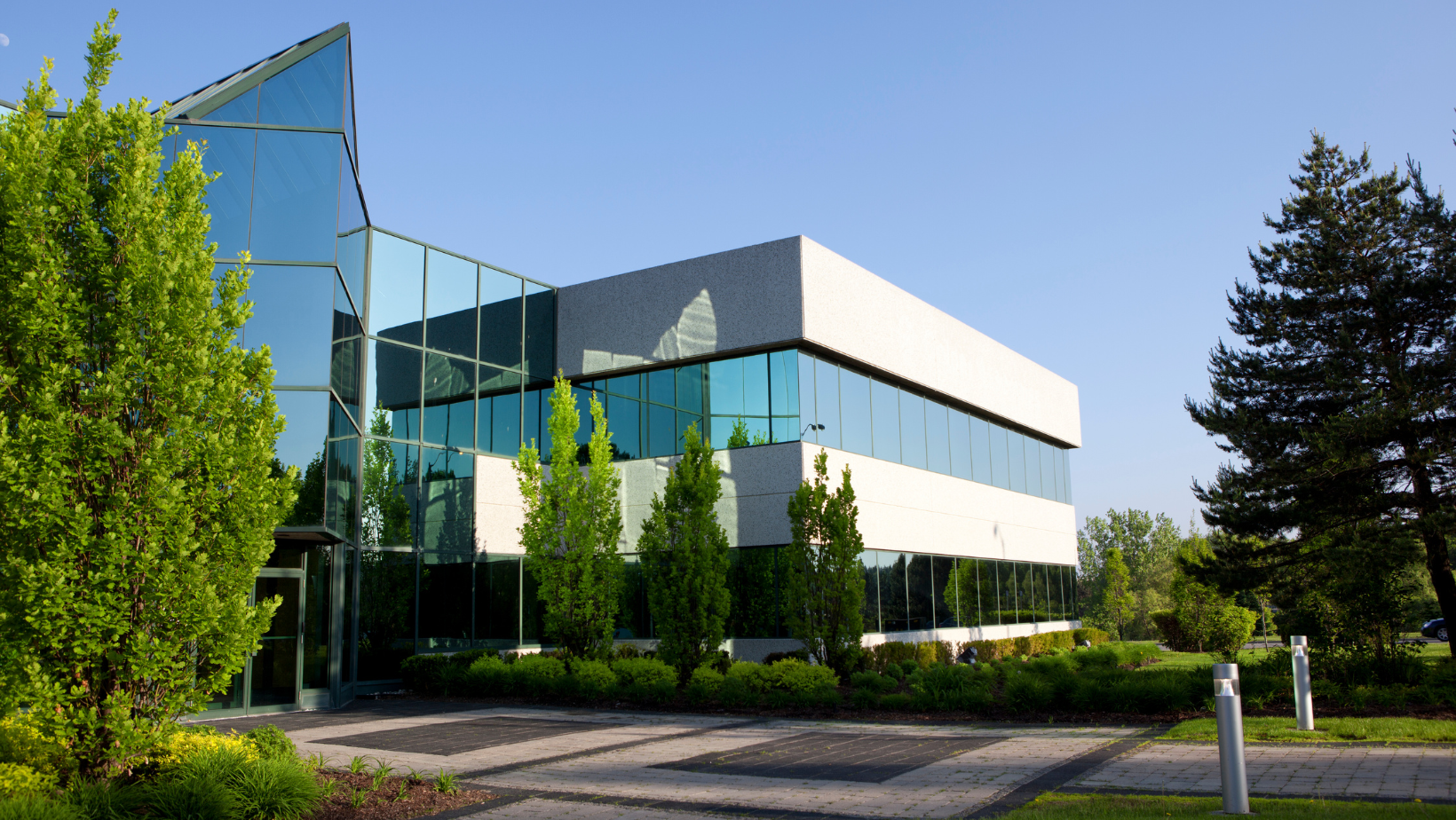
Common Causes of Mold Growth in Commercial Buildings
Mold growth in commercial buildings can be attributed to a multitude of factors, each contributing to the conducive environment for mold proliferation. One common cause is the HVAC systems, which can harbor moisture and organic particles, providing an ideal breeding ground for mold spores. For example, if the HVAC systems are not properly maintained or if there are leaks in the ductwork, moisture can accumulate, leading to mold growth that can spread throughout the building.
Moreover, water leaks and moisture from plumbing or building materials are significant contributors to mold infestations in commercial properties. For instance, undetected plumbing leaks or roof damage can result in the accumulation of moisture, promoting mold growth in hidden and hard-to-reach areas such as behind walls and under flooring. In addition, poor building maintenance practices, including neglecting routine inspections and timely repairs, can exacerbate moisture issues and create an environment ripe for mold to thrive.
Furthermore, the presence of organic materials like wood, drywall, and carpeting in commercial buildings acts as a food source for mold, facilitating its growth and propagation. When these materials are exposed to moisture due to leaks or high humidity levels, they become susceptible to mold colonization, posing a threat to the structural integrity of the building and the health of its occupants. Addressing these common causes of mold growth through proactive maintenance and preventive measures is crucial for safeguarding the well-being of building occupants and preserving the value of commercial properties.
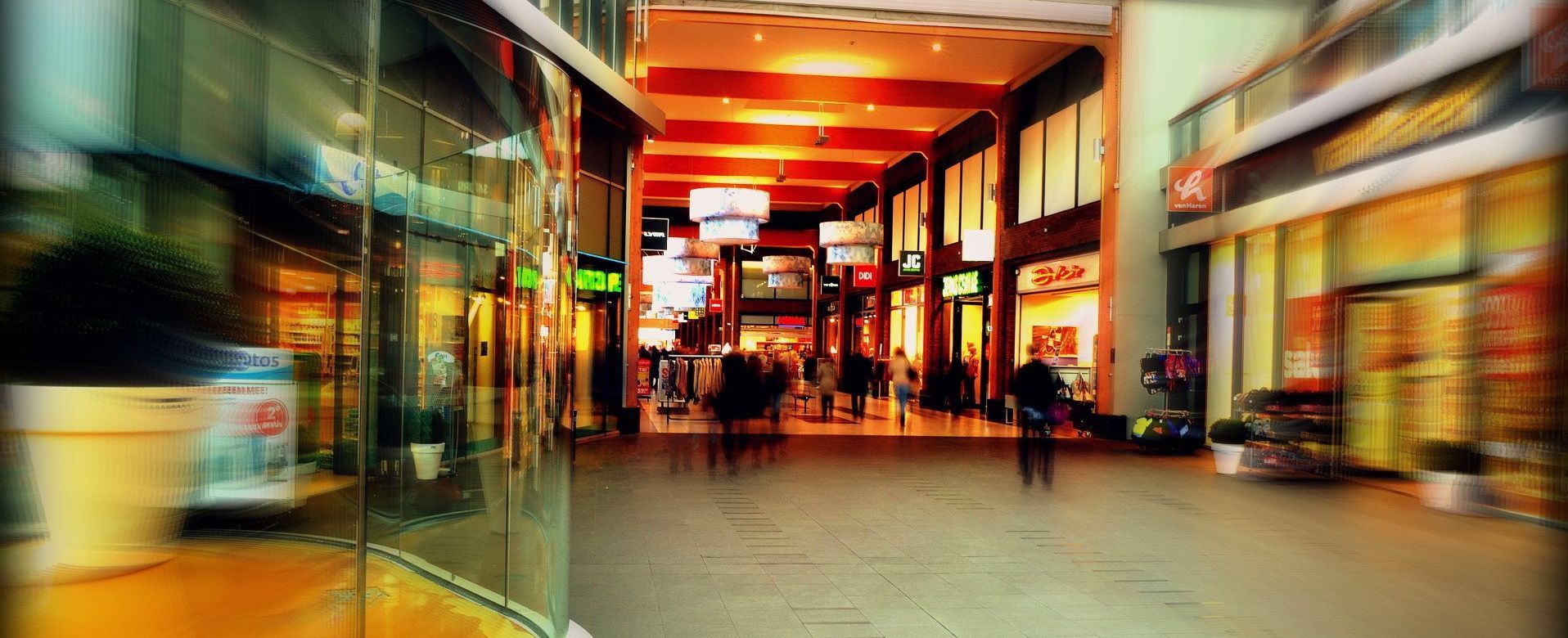
Tips for Preventing Mold Growth in Commercial Buildings
Preventing mold growth in commercial buildings is crucial for maintaining the structural integrity of the property, ensuring the health and safety of occupants, and avoiding potential legal liabilities. One of the common causes of mold growth in commercial buildings is poor ventilation, which can lead to the buildup of excess moisture, creating an ideal environment for mold to thrive. For example, if an office building has inadequate ventilation in areas such as restrooms or kitchens, it can result in high humidity levels, contributing to mold proliferation. By implementing proper ventilation systems and conducting regular inspections to identify ventilation issues, property owners can significantly reduce the risk of mold growth.
In addition to ventilation, addressing water leaks and moisture issues promptly is essential for mold prevention. For instance, a small undetected water leak in the plumbing system can lead to hidden moisture buildup within walls or ceilings, providing the necessary conditions for mold to develop. Therefore, educating maintenance staff and building occupants about the importance of reporting and addressing water leaks immediately can help in preventing potential mold infestations. Moreover, regular maintenance and inspection of plumbing systems, as well as roof evaluations, can proactively identify and resolve moisture issues before they escalate into significant mold problems.
Furthermore, proper education and training of building occupants and maintenance staff about mold prevention techniques are essential for creating a proactive mold prevention environment. This can include guidelines on maintaining indoor humidity levels, promptly reporting any signs of water damage or leaks, and understanding the importance of regular HVAC system maintenance. When everyone within the commercial building is aware of the best practices for mold prevention, it can significantly contribute to a collective effort in mitigating the risk of mold growth and safeguarding the property and its occupants.
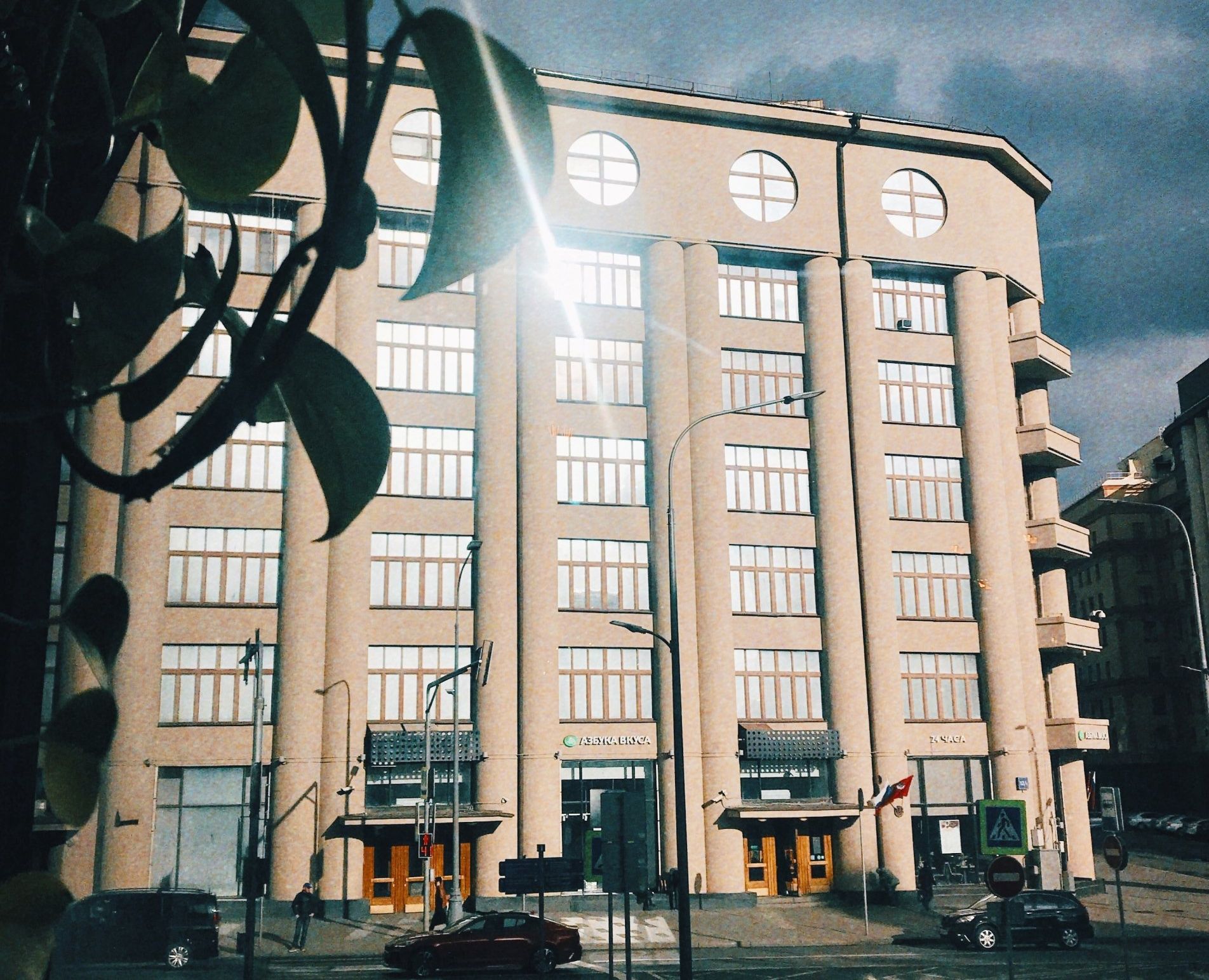
Regular Inspections and Maintenance
Regular inspections and proactive maintenance are essential for preventing mold growth in commercial buildings. By conducting routine inspections, property owners and facility managers can identify potential moisture issues, water leaks, or early signs of mold growth, allowing for prompt intervention and effective prevention measures. For example, during a routine inspection, a maintenance team may discover a small water leak in the building's plumbing system, which, if left unaddressed, could lead to mold proliferation. By repairing the leak promptly, the risk of mold growth is mitigated, and the overall indoor air quality is preserved.
Moreover, proactive maintenance activities, such as regular roof inspections, plumbing checks, and evaluations of HVAC systems, are crucial for addressing potential mold risk factors before they escalate. For instance, a proactive roof inspection may reveal areas of trapped moisture or damaged roofing materials that could contribute to mold growth if not rectified. By addressing these issues proactively, property owners can prevent the conditions that foster mold infestations, safeguarding the structural integrity of the building and the health of its occupants.
Establishing a comprehensive maintenance schedule for commercial properties is also paramount in ensuring the continuous monitoring and prevention of mold growth. This includes scheduling regular maintenance tasks, such as gutter cleaning, HVAC filter replacements, and building envelope inspections, to address potential sources of moisture and prevent mold development. By adhering to a structured maintenance plan, property owners can create a proactive environment that minimizes the risk of mold infestations and ensures the overall well-being of the building and its occupants. Regular inspections and proactive maintenance are indispensable components of an effective mold prevention strategy in commercial buildings, contributing to the preservation of property value and the health and safety of occupants.
Proper Ventilation and Humidity Control
Proper ventilation and humidity control are essential components of preventing mold growth in commercial buildings. Well-designed ventilation systems play a critical role in circulating fresh air throughout the building and removing excess moisture, creating an environment less conducive to mold proliferation. For example, the installation of energy recovery ventilation (ERV) systems can facilitate the exchange of stale indoor air with fresh outdoor air while retaining the temperature and humidity levels, effectively reducing the risk of mold growth.
In addition to effective ventilation, implementing humidity control measures is paramount in mitigating the conditions favorable to mold infestations. For instance, the use of dehumidifiers in areas prone to high humidity levels, such as basements or storage rooms, can help maintain indoor humidity within the recommended range of 30-50%, significantly reducing the risk of mold growth. Furthermore, utilizing moisture-absorbing materials, such as desiccants or specialized coatings, can aid in controlling humidity levels and preventing moisture buildup in susceptible areas of the building.
Regular assessment and maintenance of ventilation systems are also crucial in ensuring their optimal functioning for mold prevention. Scheduled inspections and cleaning of air ducts, filters, and ventilation components can help identify and address any issues that may compromise the effectiveness of the ventilation system, thus contributing to a healthier indoor environment. Additionally, the use of air purification technologies, such as UV-C disinfection or advanced air filtration systems, can further enhance the prevention of mold growth by removing mold spores and other airborne contaminants from the indoor air.
By prioritizing proper ventilation and humidity control, commercial building owners and facility managers can significantly reduce the risk of mold infestations, safeguarding the structural integrity and indoor air quality of the premises, and ensuring a safe and healthy environment for occupants.

Addressing Water Leaks and Moisture Issues Promptly
Addressing water leaks and moisture issues promptly is crucial for preventing mold growth in commercial buildings. Stagnant moisture provides an ideal environment for mold proliferation, making it essential to address any sources of moisture without delay. For example, if a commercial property experiences a roof leak during heavy rainfall, the accumulation of water within the building structure can lead to mold growth if not promptly addressed.
Moreover, timely repairs of plumbing leaks, especially in areas such as restrooms and kitchens, are essential to prevent water from seeping into walls, floors, and ceilings, creating conditions conducive to mold infestations. By promptly fixing plumbing leaks, property owners and facility managers can effectively eliminate a significant source of moisture that could contribute to mold growth.
Furthermore, educating maintenance staff and building occupants about the importance of reporting and addressing water leaks and moisture problems promptly is vital for proactive mold prevention efforts. For instance, implementing a reporting system where occupants can easily communicate any signs of leaks or moisture can help in early detection and intervention. By fostering a culture of attentiveness to moisture issues, commercial properties can minimize the risk of mold growth and its associated consequences, such as compromised indoor air quality and structural damage.
Professional Mold Remediation Services
When it comes to professional mold remediation services, it's crucial for commercial property owners to engage licensed and certified experts to address mold issues effectively. These professionals offer a comprehensive range of services, including mold removal, inspection, and testing, tailored specifically to commercial properties. For instance, a company like DryMax Mold in Louisiana provides expert mold remediation services in various areas, offering a 12-step mold remediation process that ensures the safest and most effective mold remediation. Such specialized services not only eliminate mold but also prevent cross-contamination, re-growth, and additional damage, ultimately safeguarding the structural integrity and indoor air quality of the commercial building.
Moreover, professional mold remediation services involve the use of advanced removal techniques, such as thermal imaging, moisture mapping, and air quality testing, to ensure the thorough eradication of mold. This goes beyond surface-level treatment, addressing hidden mold growth behind drywall, under carpets, and within HVAC systems. By employing these advanced techniques, mold remediation experts can provide commercial property owners with documented evidence of mold removal and a mold-free guarantee, instilling confidence in potential tenants or buyers and enhancing the overall safety and value of the property.
In addition to the immediate benefits of mold removal, engaging professional services can also lead to a 5-year mold-free guarantee, mold remediation certification, post-remediation testing, and all documentation from the remediation process, providing a comprehensive solution to mold issues in commercial properties. This not only mitigates health risks for occupants but also shields property owners from potential legal liabilities, ensuring regulatory compliance and protecting the reputation and market value of the building.
Regulations and Guidelines for Mold Prevention in Commercial Buildings
Compliance with regulations and guidelines for mold prevention is a critical aspect of maintaining the safety and integrity of commercial buildings. By adhering to relevant industry standards and regulations, property owners can mitigate legal risks and protect the well-being of building occupants. For example, the Environmental Protection Agency (EPA) emphasizes the importance of addressing moisture issues and ensuring optimal indoor air quality in its guidelines for mold remediation in schools and commercial buildings. These guidelines serve as a valuable resource for property owners and facility managers, providing actionable steps to prevent and remediate mold growth, thereby ensuring a healthy and safe environment for occupants.
Furthermore, in addition to federal guidelines, commercial property owners must also be aware of and comply with state and local regulations related to mold prevention and remediation. For instance, in certain states, there are specific requirements for mold assessment, testing, and remediation that must be followed to maintain regulatory compliance. Understanding and adhering to these regulations not only demonstrate the commitment to occupant health and safety but also protect the property from potential legal liabilities and reputation damage.
Moreover, staying updated on evolving regulations and best practices in mold prevention is essential for commercial property owners. As new research and technologies emerge, guidelines for mold prevention may be updated to incorporate the latest industry standards and methodologies. Engaging with industry associations, attending relevant seminars, and consulting with professional environmental inspectors can provide property owners with valuable insights into the most effective mold prevention strategies and the evolving regulatory landscape. By proactively staying informed and compliant, commercial property owners can uphold the highest standards of safety, regulatory adherence, and occupant well-being in their buildings.
Impact of HVAC Systems on Mold Prevention
Properly designed and maintained HVAC systems are essential for preventing mold growth in commercial buildings. These systems play a critical role in regulating indoor humidity levels, which is a key factor in mold prevention. For example, if an HVAC system fails to effectively control indoor humidity, it can create an environment conducive to mold growth, particularly in areas with poor ventilation. This underscores the importance of HVAC systems in mitigating the risk of mold infestations within commercial properties.
Moreover, HVAC systems equipped with air purification and UV-C disinfection capabilities can significantly contribute to mold prevention. For instance, air purification technologies can effectively capture mold spores, while UV-C disinfection can deactivate and eliminate airborne mold particles, thereby reducing the likelihood of mold proliferation within the building. This illustrates how advanced features in HVAC systems can directly impact the overall indoor air quality and, consequently, prevent mold growth.
In addition, regular maintenance and inspection of
HVAC systems are vital to ensure their optimal functioning and contribution to mold prevention. Timely identification and remediation of any issues, such as duct blockages or condensate drain malfunctions, can prevent the buildup of excess moisture and the subsequent growth of mold in the building's HVAC system. Therefore, a proactive approach to HVAC maintenance is crucial for upholding the integrity of the system and safeguarding commercial buildings against mold infestations.
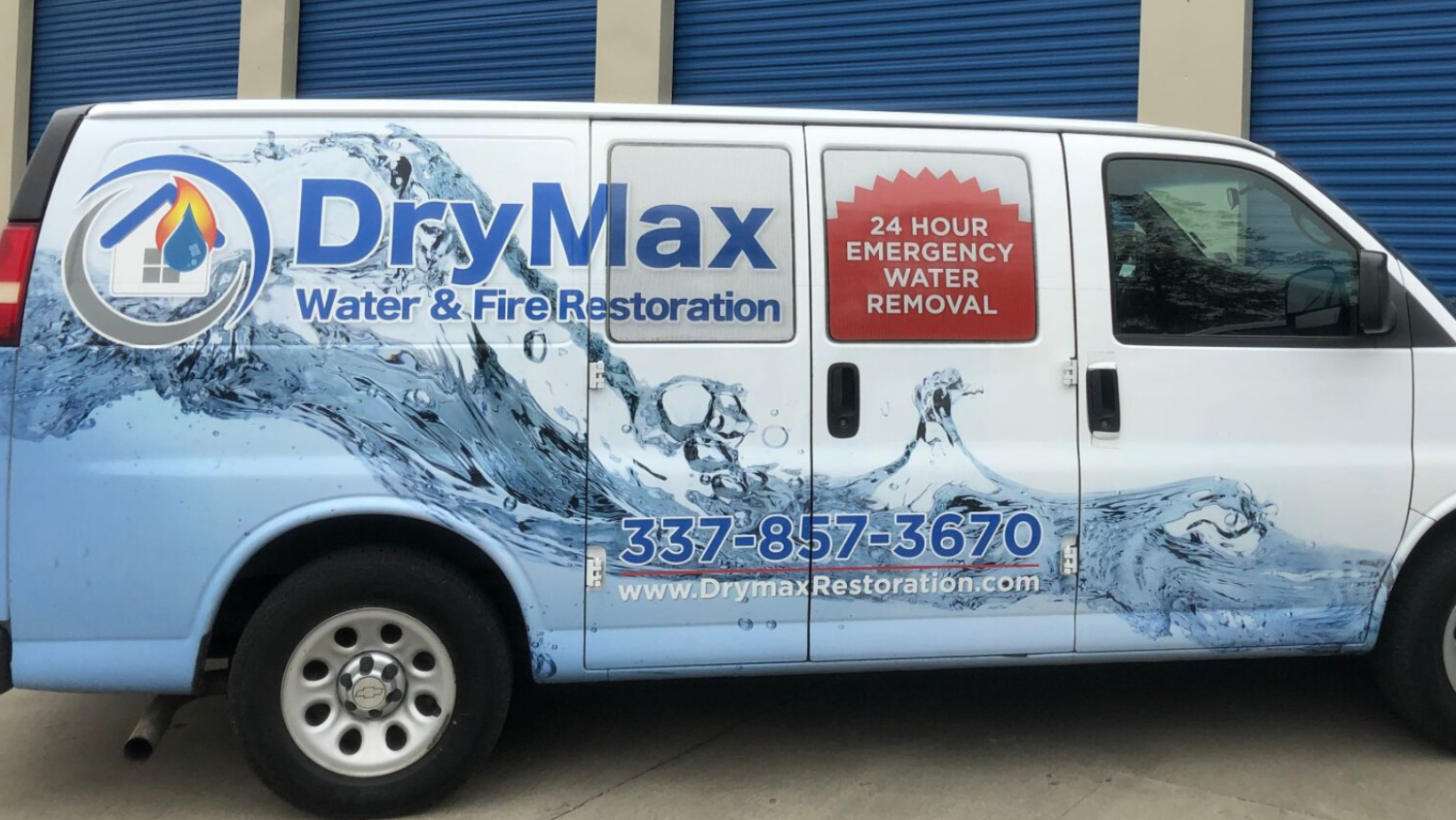
Conclusion
In conclusion, the proactive approach to mold prevention is crucial for maintaining the integrity and safety of commercial buildings. By conducting regular inspections, promptly addressing maintenance needs, and ensuring compliance with relevant regulations, property owners can safeguard their investments and the well-being of occupants. For example, a commercial property owner who implements routine HVAC system evaluations and promptly repairs any identified issues can effectively control indoor humidity levels, mitigating the risk of mold growth and preserving the building's structural integrity.
Furthermore, understanding the common causes of mold growth in commercial buildings is essential for developing effective prevention strategies. By recognizing that poor ventilation, high indoor humidity levels, and the presence of organic materials provide favorable conditions for mold proliferation, property owners can take targeted preventive actions. For instance, educating building occupants and maintenance staff about the importance of promptly reporting water leaks and moisture problems can foster a proactive environment that supports mold prevention efforts.
Engaging professional mold remediation services when necessary also plays a pivotal role in preventing mold infestations and associated risks. For instance, hiring licensed and certified mold remediation experts can ensure comprehensive mold removal, inspection, and testing, providing documented evidence of mold eradication and enhancing the property's value and safety. By taking a proactive and comprehensive approach to mold prevention, commercial property owners can effectively protect their investments and the health of building occupants.
You might also like
DryMax Mold Blogs
